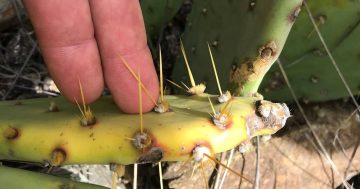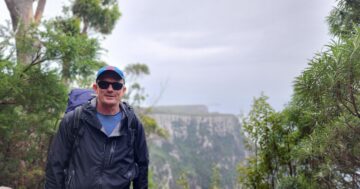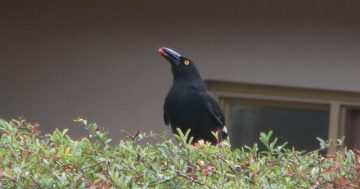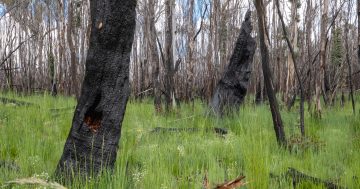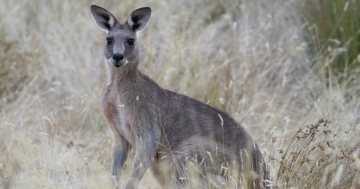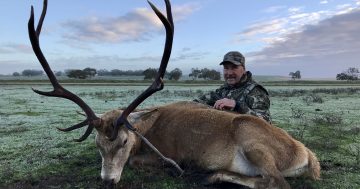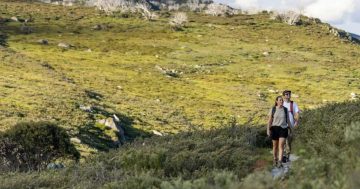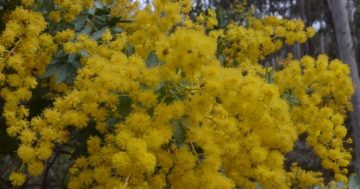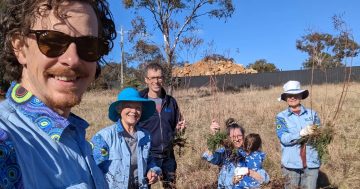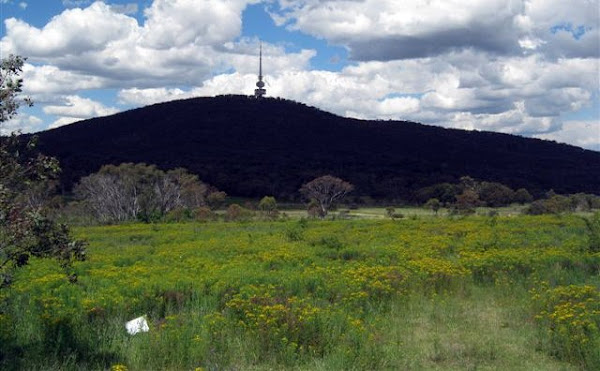
The yellow flowered plants which have taken over the Glenlock Interchange former horse paddocks and also some of our roadsides are not lovely seasonable wildflowers but the declared pest plant StJohns Wort.
This weed has a ‘must be controlled’ and ‘protect priority sites’ status in the ACT yet ACT Government has allowed it to florish adjacent the Black Mountain Reserve, the Aranda Bushland Reserve and the National Arboretum at Glenlock.
It is phytotoxic to wildlife and some domestic animals.
Private landholders in the ACT and NSW are required to control it, the ACT Government leaves it to florish in public spaces.











